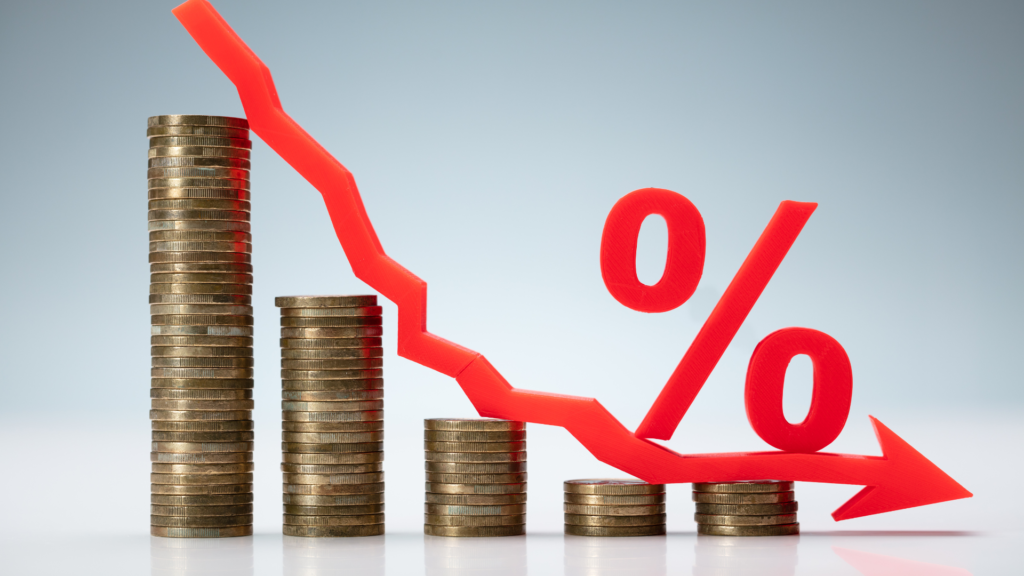By making conscientious and responsible use of your credit card, you can avoid financial traps.
Understanding credit card rates and interest
In this article, we will thoroughly explore the rates and interest associated with credit card usage.
We will cover every aspect of interest rates, allowing you to make informed financial decisions and avoid common pitfalls.
Let’s discuss the various fees, understand how they are calculated, and learn tips for using credit cards wisely.
How does a credit card work?
For a complete understanding of credit card rates and interest, it’s essential to grasp how this payment method functions.
A credit card is a revolving line of credit provided by a financial institution, allowing consumers to make purchases and pay later. The rates and interest are the costs associated with using this line of credit.
Key types of credit card fees
Credit cards have many fees, one of which is the annual fee—a charge applied yearly by the financial institution to keep the account active.
This fee may vary depending on the card type and the offered benefits. Some premium cards may have a higher annual fee, but they also provide additional rewards and advantages.
The annual percentage rate (APR) is the interest rate applied to the unpaid balance on the credit card.
If you don’t pay the total amount of the bill by the due date, the APR will be applied to the remaining balance.
Therefore, understanding your card’s APR is crucial as it can significantly impact the cost of credit.
Late payment fee and international transaction fee
Another common credit card fee is the late payment fee, applied when you fail to make the minimum payment on the bill by the due date.
Additionally, it can result in additional interest on the outstanding balance. It is crucial to always make at least the minimum payment within the established period to avoid this fee.
Finally, the international transaction fee occurs when you use your credit card to make purchases in foreign currencies or in countries other than the card’s country of issuance.
This fee varies among financial institutions, so be sure to check your card’s conditions before making purchases abroad.
How are interest rates calculated?
Credit card interest rates are typically calculated using the method known as the “average daily balance.” This means the financial institution records the outstanding debt daily and, at the end of the billing period, calculates the average of these balances.
Next, the APR is applied to this average to determine the charged interest.
Tips for better management of rates and interest

Now that you understand the key fees and how they are calculated, let’s mention some useful tips for better credit card management and avoiding unnecessary charges.
The first tip is always to pay the full bill by the due date whenever possible.
This will prevent the APR from being applied to the remaining balance and allow you to enjoy the card’s benefits without paying interest.
Know your card’s APR
Understanding the interest rate (APR) of your card is essential for making informed financial decisions.
If you plan to make installment purchases or use revolving credit, choose a card with a lower APR.
Avoid payment delays
A crucial tip is to pay the bill within the established period to avoid the late payment fee and additional interest.
Consider setting up payment reminders to ensure you don’t miss any important dates.
Rewards and negotiations
Some cards offer reward programs, such as air miles or cashback. Use these benefits wisely and avoid spending beyond your means just to accumulate points.
Another tip is to negotiate. If you are facing financial difficulties, don’t hesitate to contact the card’s financial institution and negotiate better conditions. Some banks may be willing to lower the APR or offer alternatives to help you settle the outstanding balance.”



